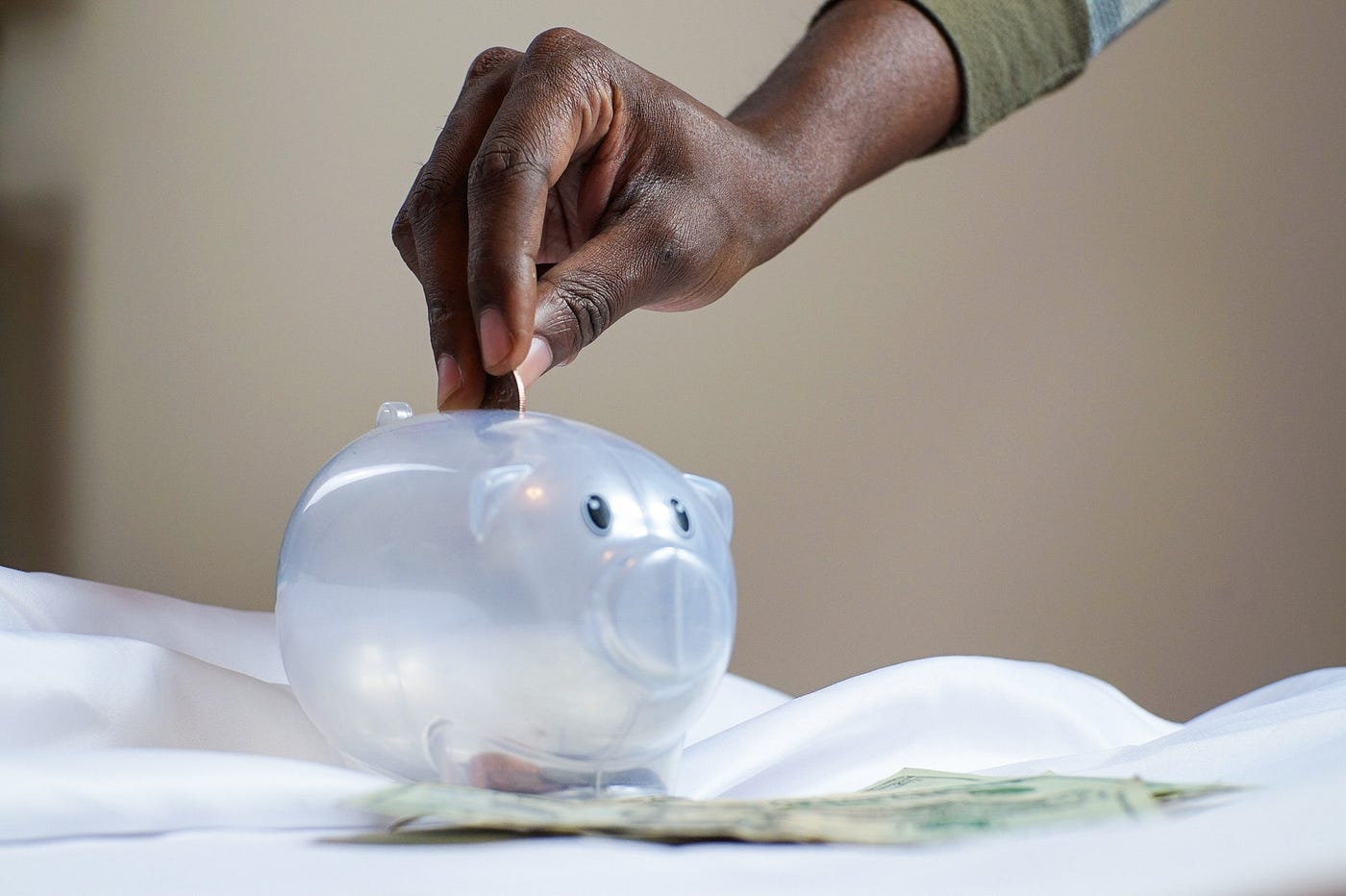
Over the past few years, the economy has been pretty strong. As a result, a lot of financial advice has focused on the idea of leveraging debt and investing for gain. But over the past few months, the economy has shifted, and so has the conversation around personal finance. Today, it’s all about increasing savings.
How much you should save each month really comes down to personal circumstances, risk tolerance, and needs. Having said that, there are some rules of thumb that make it easier to land in a reasonable range.
“One popular guideline, the 50/30/20 budget, proposes spending 50% of your monthly take-home pay on necessities, 30% on wants and 20% on savings and debt repayment,” NerdWallet.com explains. “For example, if you make $4,000 after taxes each month, that works out to $800 for savings and paying off debt.”
However, remember that this is just a rule of thumb. Some people don’t make enough money to have the luxury to save 20 percent. Other people have significantly larger salaries and might want to save 25 to 30 percent each month. Figure out what’s realistic for you.
Some people have an income problem (meaning they live paycheck to paycheck and literally have nothing left over to save). But that’s the exception to the rule. Most people have money management problems. If you fall into this latter category, use the following tips to get back on track:
1. Create a Budget (and Stick With It)
The first step is to create a budget. You need to know exactly how much money is flowing into your bank account each month and where it’s going. Thanks to online banking, this is easier than ever. There’s no excuse to not track your income and expenditures.
Some people think a budget is restricting. However, it’s the exact opposite effect. A budget is freeing. It allows you to assign every dollar a purpose, which means you never have to question where your money is going. Spending becomes a calculated response to intelligent planning.
2. Eliminate Wasted Spending
If you can eliminate wasted spending, you’ll be shocked by how much cash is freed up in your monthly budget. This money can be reallocated to savings, among other things.
Here are two examples of wasted spending:
- Unused subscription services. The average American spends $219 per month on subscriptions (like Netflix, Spotify, magazines, software, etc.). But here’s the kicker: When asked to estimate how much they spend, people usually guess $86. This indicates a huge disconnect. Most people can eliminate up to $100 in subscriptions per month without any real sacrifice.
- Eating out. There’s nothing wrong with eating out or enjoying a Saturday night at the bar with friends. However, don’t make it a habit. Eating at home is usually 60 to 90 percent less expensive. You can easily save $100 to $300 per month by eating in more often.
3. Lower Utility Bills
Utility bills can really sneak up on you and bite a hole in your budget. The smarter you are about maintaining smart energy habits, the more you’ll save. There are so many opportunities for cutting back on water and electricity. For example, install a bidet on your toilet and you’ll save on water (fewer flushes) and toilet paper. And when it comes to lighting, switch from incandescent bulbs to LED bulbs. (You’ll save roughly $100 per year.)
4. Leverage Windfall Money
Windfall money is any sum of money that intermittently enters your bank account when you did not expect it. Examples include tax refund, inheritance, money from birthdays or holidays, and lottery winnings.
Most people treat windfall money like free money. As a result, they typically blow it as fast as it came in. But if you treat it as income instead, you’ll end up increasing your savings at a much faster pace.
As a general rule of thumb, it’s good to have somewhere between three to six months’ worth of cash on hand at any given time. This means if your essential monthly expenses are $5,000, you want $15,000 to $30,000 worth of cash in a dedicated savings account. This helps insulate you from risk and gives you the liquidity needed to handle emergencies as they arise.
Anything beyond that amount of cash can be strategically invested when the time is right.







